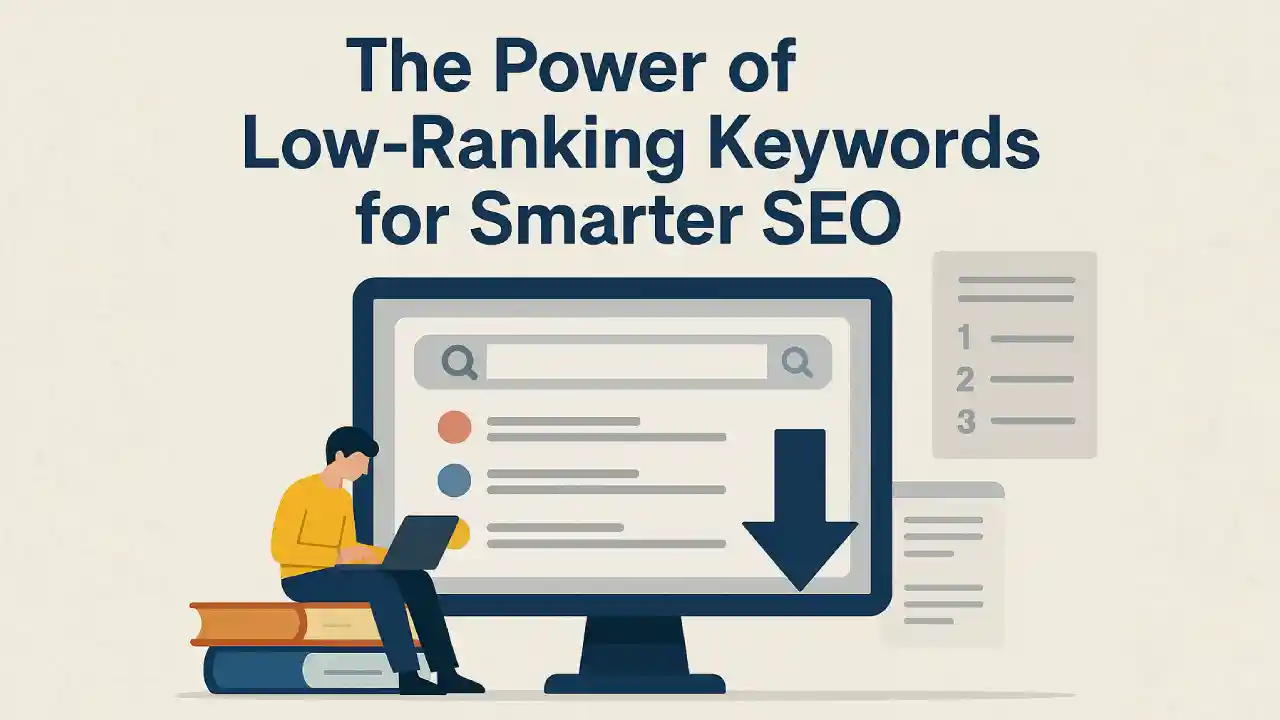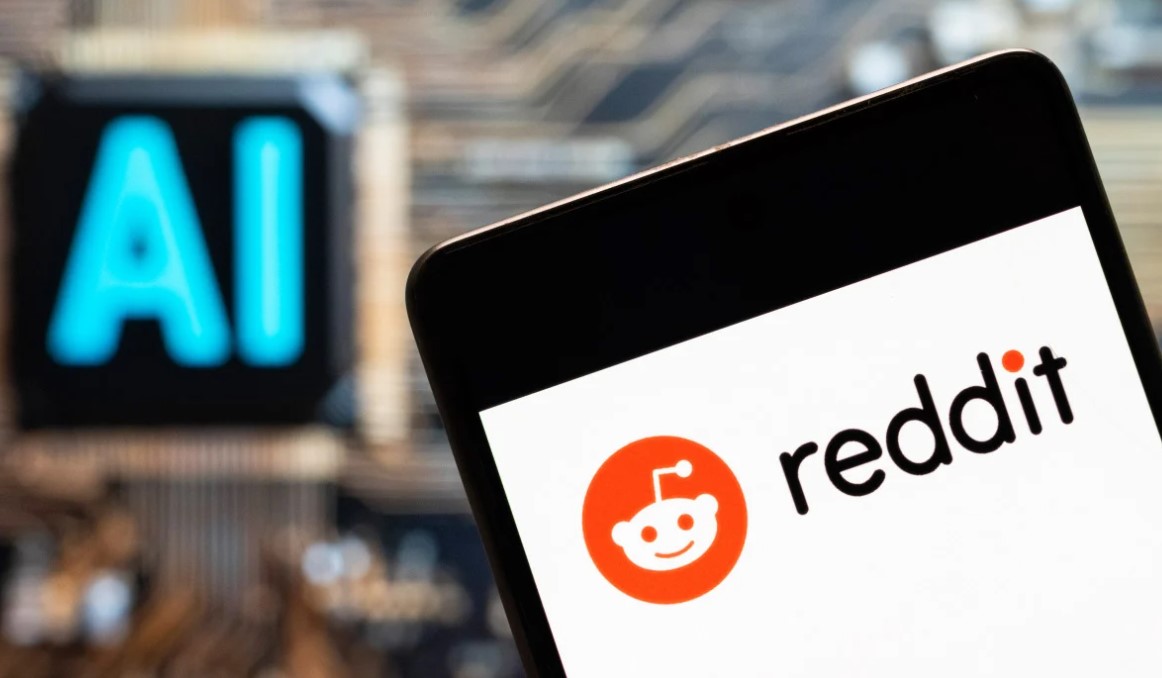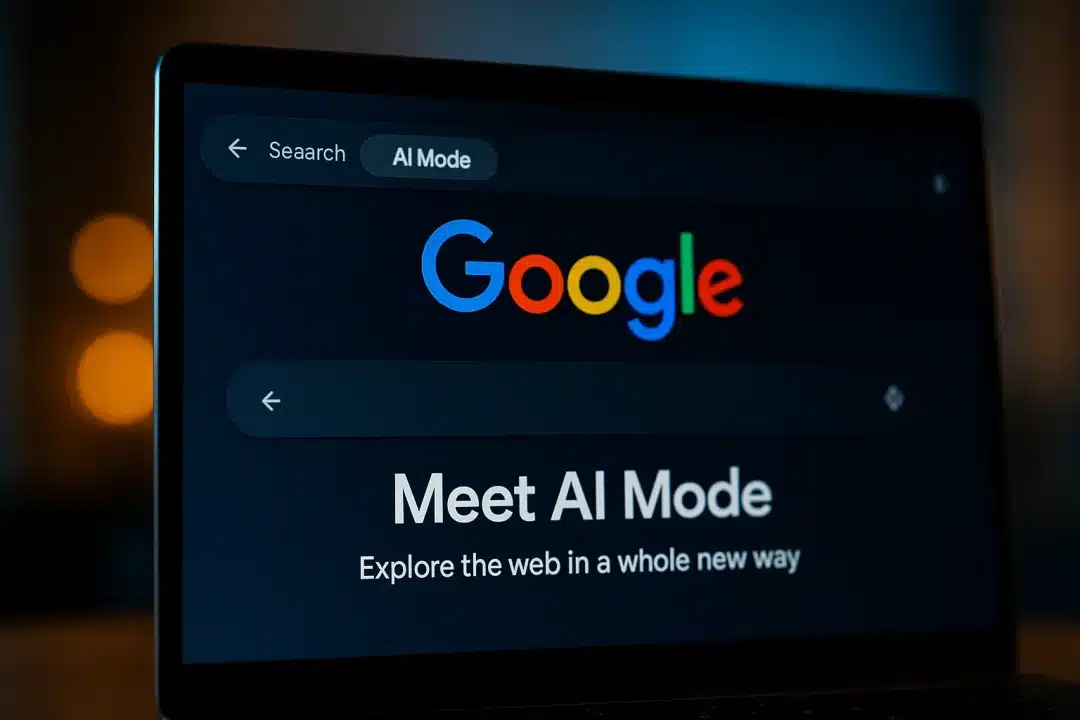Published by NewsPR Today | August 2025
The search industry is undergoing rapid transformation. While Google remains dominant, the rise of AI-powered search assistants like ChatGPT and Perplexity is shifting how users discover content online.
Recent findings have confirmed this shift:
- OpenAI’s ChatGPT now fetches live search results using SerpApi, a scraping service for Google SERPs.
- Perplexity AI combines its own crawler with Google-like results to deliver contextual answers.
- An Ahrefs study revealed that 83.39% of sources cited by ChatGPT don’t appear in Google’s top results, showing that AI search is not a mirror of traditional SEO.
Well there you have it… It’s SerpApi. Note, Perplexity is also a customer of theirs -> Sources: OpenAI has been partially using Google search results scraped by a startup called SerpApi for ChatGPT responses on current events like news and sports
“OpenAI is getting the data… pic.twitter.com/XGMXRUBRZC
— Glenn Gabe (@glenngabe) August 22, 2025
For businesses and SEO professionals, the message is clear:
Optimizing for AI search visibility is now as essential as ranking in Google.
Why AI Visibility Tracking Matters
Ahrefs and SEMrush: The conventional SEO tools, such as Ahrefs and SEMrush, primarily focus on Google SERPs. AI assistants, however, reorder results and intersperse multiple sources, occasionally quoting content that doesn’t even appear on Google’s first page. If we don’t track AI search results, we may miss mentions that drive targeted traffic.
Core Data Sources to Track
- Google SERPs – Still the foundation and source for SerpApi scraping.
- Perplexity Sources – Listed in the “Sources” panel for every AI answer.
- ChatGPT Sources – Accessible when using the browsing-enabled GPT-4 model.
Workflow for Tracking AI Visibility
- Collect Google’s top results for your target keywords.
- Query Perplexity for the same keywords and extract cited sources.
- Query ChatGPT (browsing-enabled) and parse all URLs mentioned.
- Store results in a Google Sheet or database for comparison and reporting.
Example Python Workflow
import requests, pandas as pd
import re
import openai
# Google SERP results via SerpApi
def get_google_results(keyword, api_key):
url = f"https://serpapi.com/search.json?q={keyword}&api_key={api_key}"
r = requests.get(url).json()
return [res['link'] for res in r.get('organic_results', [])]
# Perplexity API example
def get_perplexity_sources(keyword, api_key):
headers = {"Authorization": f"Bearer {api_key}"}
payload = {"q": keyword}
r = requests.post("https://api.perplexity.ai/search", headers=headers, json=payload).json()
return [s['url'] for s in r.get('sources', [])]
# ChatGPT browsing example (pseudo)
def get_chatgpt_sources(keyword, openai_api_key):
openai.api_key = openai_api_key
q = f"Search the web for: {keyword}. List sources."
resp = openai.ChatCompletion.create(model="gpt-4-browsing",
messages=[{"role":"user","content":q}])
text = resp.choices[0].message['content']
return re.findall(r'https?://\S+', text)
# Run for keywords
def track_visibility(keywords, keys):
data = []
for kw in keywords:
google = get_google_results(kw, keys['serpapi'])
perplexity = get_perplexity_sources(kw, keys['perplexity'])
chatgpt = get_chatgpt_sources(kw, keys['openai'])
for url in google: data.append([kw, "Google", url])
for url in perplexity: data.append([kw, "Perplexity", url])
for url in chatgpt: data.append([kw, "ChatGPT", url])
return pd.DataFrame(data, columns=["Keyword", "Source", "URL"])
Example: Long Tail Keyword – “ Best protein powder in India 2025 ”
- Google SERPs: Healthline.com, Verywellfit. com, Amazon.in product pages
- Perplexity Sources: Healthline.com ✅, MensXP.com, Local Indian fitness blogs
- ChatGPT Sources: Healthline.com ✅, Consumerlab.com, Indian D2C brand blog
Insight: The brand’s blog was not being considered by Google but clearly surfaced in ChatGPT’s response on account of new, fact-rich information. This shows that other (AI-first) SEO opportunities besides the conventional Google rankings are possible.
Dashboard and Reporting
Collect data daily or weekly:
- Note when your site is discovered in Perplexity or ChatGPT citations.
- Compare overlaps and gaps:
- Google ranking, AI missing → Content could be generic.
- Referenced in AI, absent in Google → Niche, fact-based content is receiving attention.
All you need is a Google Sheet with pivot tables, broken down by keyword, broken down by source.
Actionable SEO Takeaways
- Organize content for AI extraction within Q&A, tables, and structured facts.
- Offer bespoke stats and information to catch the eye of the AI.
- Use FAQ schema and definition-based passages for easy-to-scrape quotes.
- Keep up with AI citations — visibility on AI search will become as important as Google is on search.
Conclusion
SEO in 2025 is no longer only about ranking #1 on Google. Being recognized and cited by AI assistants like ChatGPT and Perplexity is increasingly crucial. By integrating SerpApi, Perplexity API, and OpenAI browsing into your workflow, you can track AI visibility, identify gaps, and optimize for a new era of discovery.




